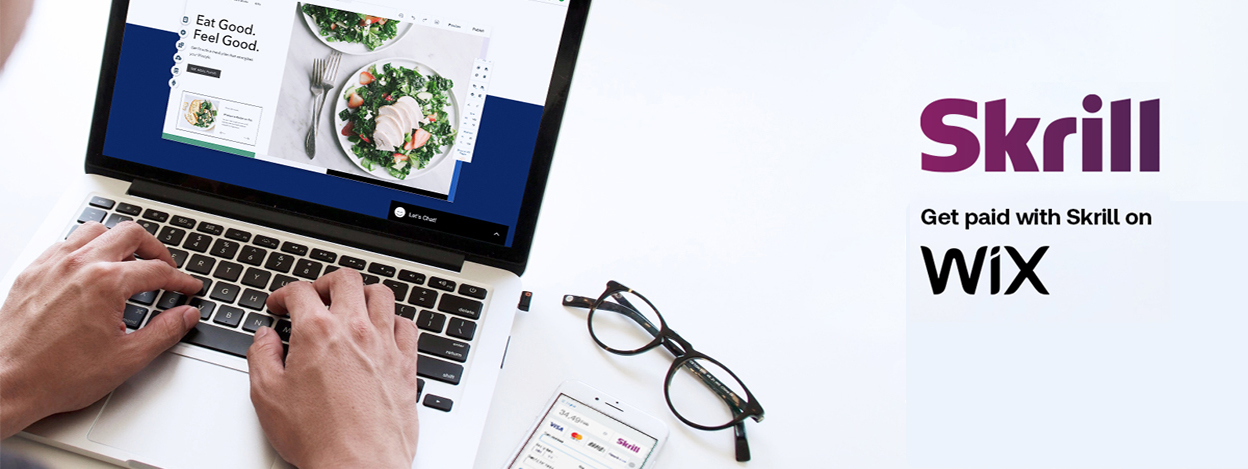Whether you’re just starting your online shop or you’re already running a small eCommerce business, the right choice of a payment gateway is essential for getting paid quickly, securely and at the best cost. With the exponential growth of online transactions, the role of the payment gateway in the payment processing system has risen in importance in the last years.
The eCommerce payment gateway serves as a transaction middleman between your business and your clients. On one hand, it ensures a high level of data security for your clients. On the other hand, the gateway provides your eCommerce company with quick payment delivery and a number of useful functionalities.
So what exactly is a payment gateway and how does it work? Find out below and check out our list of the top five things to consider when choosing one for your eCommerce website.
What is a payment gateway?
A payment gateway is a software that facilitates the process of a customer making secure online payments to a merchant. It is a type of virtual terminal equivalent to the point-of-sale (POS) physical terminal in brick and mortar stores. Depending on the provider, the online payment gateway offers diverse payment options such as credit and debit card payments, direct payments, and other alternative payment methods.
The different participants in the payment processing chain are:
- The Customer - the person who wants to make a purchase on your store.
- The Merchant (your business) that wants to accept a payment from the Customer for a purchase through your eCommerce website.
- The Payment Gateway is the portal through which the Customer’s transaction information is transferred securely from the shopping cart on your website to the Payment Processor. Among other things, the Payment Gateway provides a secure connection between the Customer and the website in order for the transaction to be processed.
- The Payment Processor authenticates the payment with the customer’s Issuing Bank to ensure there are enough funds in the account, and then confirms or rejects the transaction.
- The Issuing Bank is the bank of the customer, from which the funds needed for the purchase will be obtained.
- The Acquiring Bank is your bank, which provides you with an account where you receive the money from the purchases.
How does the payment gateway work?
The payment gateway serves as a secure payment connection between your eCommerce website and your customer’s browser. Let’s say you are running an online shop that sells electronics. Here’s how a purchase would go through your payment gateway:
- A customer - Mary - has chosen a tablet for their kid and is about to order it. She clicks on the buying button for the product and proceeds to Checkout.
- She is directed to the Checkout page where she needs to choose a payment method. Mary prefers to pay with her credit card and enters her details.
- Your store’s payment gateway safely obtains the payment details from her issuing bank and encrypts them. Then, it forwards the transaction information to the payment processor.
- The payment processor requests a verification from the issuing bank that there are enough available funds. If there are, the payment is confirmed.
- The issuing bank sends the necessary funds and the payment gateway forwards them to your merchant’s bank account.
- At the end, the customer receives a message for the successful purchase in the payment gateway interface.
- After the completion, Mary is redirected back to your online store.
How to choose a payment gateway for your business?
Choosing the right online payment gateway for your eCommerce website depends on a number of factors specific to the needs of your business. However, there is a list of common indicators that you should consider when reviewing payment platforms. Here are the most important ones.
#1. Consider the payment methods, available currencies and integration options
Some of the most important factors to guide your payment gateway platform choice are the type of payments, currencies and shopping cart platform integrations that it supports.
Payment methods
The type of payments should typically include the most common debit and credit cards, such as Visa and MasterCard. It’s best to ensure you can also offer local payment methods, as well as the option to pay with a digital wallet. With Skrill, for example, you get all of these through the Quick Checkout solution and shopping cart integration.
Currencies
Consumers typically prefer to pay in their local currency. That is why the more currencies your payment gateway supports, the better. This will allow you to conduct cross-border eCommerce transactions without worrying about the currency and exchange rates.
Integration options
Last but not least, your payment platform should easily integrate with the eCommerce platform where you’re hosting your online shop, or with your custom-made one. For example, here you can check some of the shopping cart integrations provided by Skrill.
#2. Check the security and compliance standards
Safety and compliance should be on your mind when reviewing payment gateway options. It’s your responsibility as a merchant to provide a high level of security to your customers, as well as to your own business. Thus, you have to make sure your payment platform ensures that.
The most essential compliance requirement that you should look for is the PCI DSS(Payment Card Industry Data Security Standard). This is a security standard for businesses that work with customers’ credit card data, and it’s paramount for recurring payments enablement. The other important security indicator that you should aim for is that the payment gateway boastssolid encryption and fraud screening protection.
#3. Get to know the costs
The price tag of the payment gateway matters, especially for a startup or a small eCommerce business.
You should explore and compare the fees that different platforms offer. The most common ones that you should look for include setup fees, subscription fees per month, and transaction fees. Many of the providers offer transaction fees between 2.5% and 4%, plus a fixed fee per transaction.
#4. Make sure UX and mobile support are solid
The usability and mobile support of the payment gateway are other central factors that you should consider when choosing a provider.
The user experience (UX) is essential for how your customers will interact with your online shop as a whole. It should be user-friendly and seamless, as not to hamper their purchase.
As much as 50% of people today browse from their mobile devices. This means that your payment gateway should be fully functional on mobile. It should be optimized so that customers can easily enter their payment details and complete the buying process as seamlessly as possible.
#5. Choose a platform with great customer support
As you’ll rely heavily on the payment gateway for all your online payments, you have to be able to count on their customer support. That’s why choosing a payment gateway with solid customer support that speaks your language is essential.
This is important in order to ensure a great experience for your customers. Any technical issues with the gateway should be resolved quickly, so that you can avoid any potential downtime of your online store.
Ready to get started with your payment gateway? Equipped with the knowledge about the basic factors in selecting a payment gateway, you can get started with yours.
Skrill offers the right functionalities for eCommerce businesses - from a single place to manage your funds and multi-currency support to fraud protection and great user experience. Sign up for a free business account in a few easy steps.





